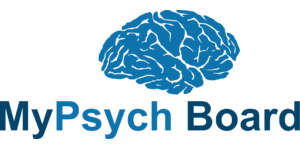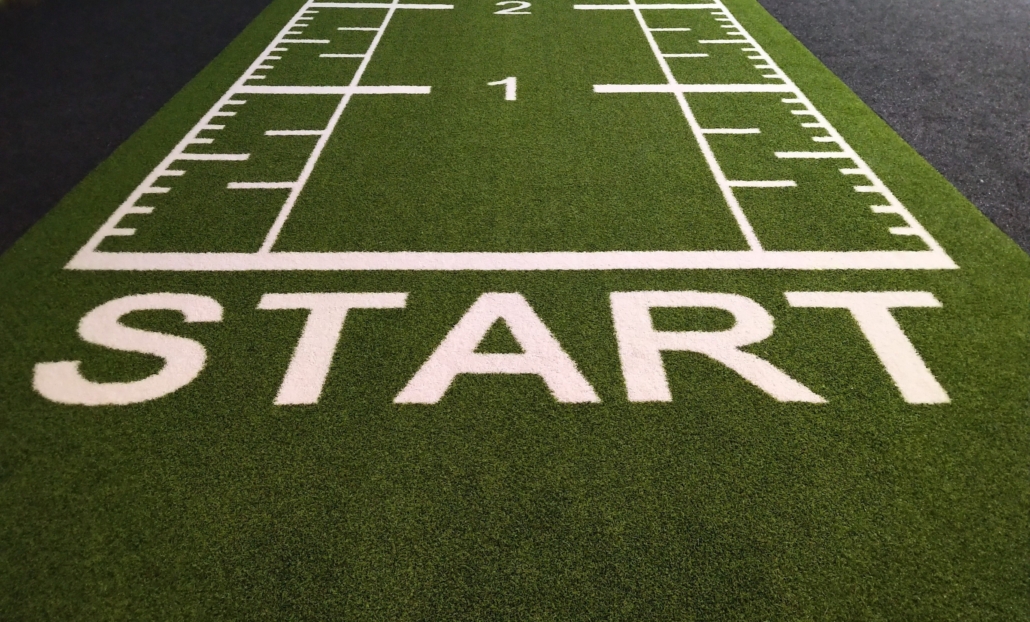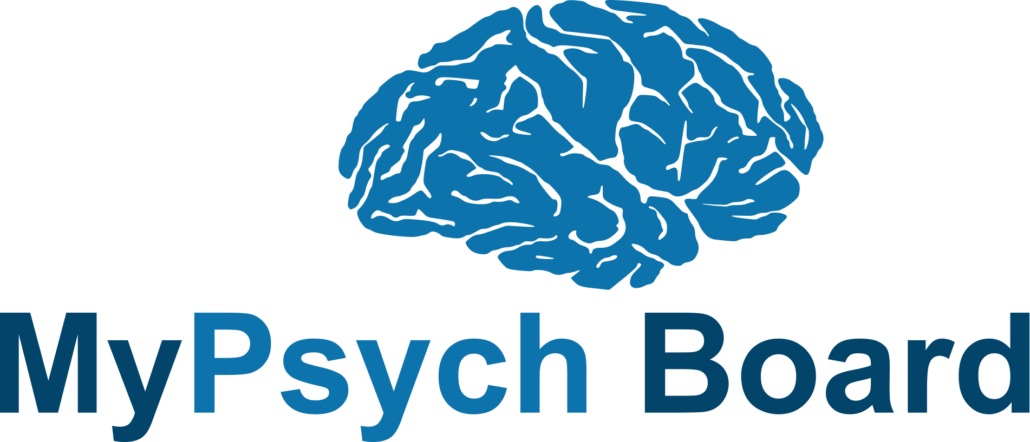Unveiling the Strengths of the My Psych Board ABPN Bank

Preparing for the American Board of Psychiatry and Neurology (ABPN) Certification Examination requires a comprehensive and strategic approach. As the landscape of medical education evolves, so does the need for efficient and
targeted study resources. Among the plethora of options available, we emerge as a beacon of excellence, offering a question bank that stands out for its exceptional strengths. Let’s delve into what strengths makes “My Psych Board” the best ABPN question bank and an indispensable tool for success.
Tailored Precision
T
One of the standout strengths of “My Psych Board” is its precise tailoring of question banks to match the nuances of various board exams. Whether it’s the ABPN Certification Examination, PRITE Examination, USMLE – Psychiatry and Neurology categories, or Nurse Practitioner Examination, “My Psych Board” offers question banks uniquely designed to mirror the difficulty and types of questions expected for each exam. This tailored precision ensures that users receive targeted
preparation, focusing on the exact content and format they will face on exam day.
Current and Relevant Content
Staying current with the latest medical knowledge is paramount. “My Psych Board” addresses this need with continuous updates to its question banks. The platform’s commitment to adding new questions ensures that users have access to the most up-to-date information, aligning their preparation with the rapidly evolving field of psychiatry and neurology. This commitment to relevancy sets “My Psych Board” apart, ensuring that users are equipped with the latest insights and
knowledge to excel in their exams.
Expert Crafted Explanations
Every question answered is a learning opportunity. “My Psych Board” elevates the learning experience with its in-depth explanations accompanying both correct and incorrect answer options. This feature serves as a dynamic educational tool, offering not just answers, but a deeper understanding of the underlying concepts. The strength of these expert-crafted explanations lies in their ability to transform mistakes into stepping stones for improvement, making the study journey
more effective and engaging.
Personalized Learning Journey
Recognizing that every learner is unique, “My Psych Board” embraces a personalized approach. The platform offers users the chance to engage with Dr. Abdel, the founder and CEO of “My Psych Board,” through a one-time phone call to discuss their optimal study strategies. This one-on-one interaction provides a level of personal guidance that sets the platform apart, tailoring study methods to individual strengths and preferences. Also, gain access to discussing the exam, questions, and other related topics with Dr. Abdel as well as other users on our WhatsApp group platform!
Diverse Learning Resources
A comprehensive study experience encompasses various learning resources. “My Psych Board” enriches its offerings by providing access to video clinical vignettes covering over 20 topics. This multimodal approach engages visual and auditory learning senses, enhancing understanding and retention of key concepts. This diversity of resources contributes to a holistic learning experience that caters to a range of learning styles.
User-Centric Approach
The strength of any educational platform is reflected in its responsiveness to user needs. “My Psych Board” thrives on its user-centric approach, valuing user feedback and consistently striving to enhance the user experience. This dedication to improvement ensures that the platform evolves in ways that directly benefit its users, creating a dynamic and adaptable study environment.
In a landscape where effective study resources are crucial, “My Psych Board” shines as the best ABPN question bank, fortified by its tailored precision, current and relevant content, expert-crafted explanations, personalized learning journey, diverse learning resources, and user-centric approach. As medical education advances, “My Psych Board” stands strong as a dependable companion on the journey toward ABPN board exam success, providing not only answers but the keys to comprehensive understanding.
Ready to check out our Question Banks? If not, Contact us for more information!








